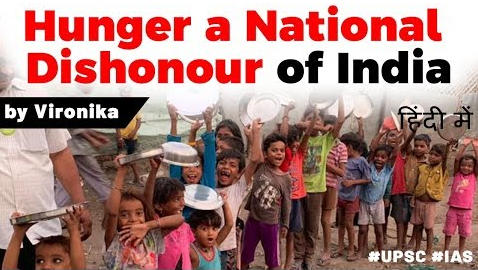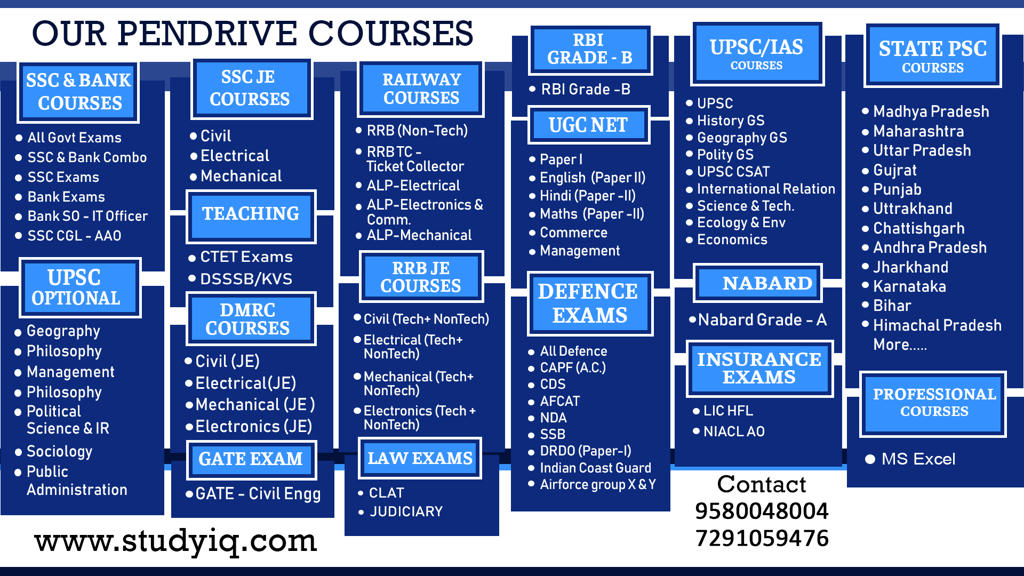Table of Contents
Global Hunger Index (GHI)
- The Global Hunger Index 2019 was recently released.
- The GHI has been brought out almost every year by Welthungerhilfe lately in partnerships with Concern Worldwide since 2000; this year’s report is the 14th one.
- A low score gets a country a higher ranking and implies a better performance.
- It is for this reason that GHI scores are not calculated for certain high-income countries.
Four indicators
- Undernourishment
- Child Wasting
- Child Stunting
- Child Mortality
INDIA
- The latest GHI has ranked India a lowly 102 among the 117 countries it has mapped.
- India is one of the 47 countries that have “serious” levels of hunger.
- Among the BRICS grouping, India is ranked the worst, with China at 25 and a score of just 6.5.
- Within South Asia, too, India is behind every other country.
Analysis
- Despite unprecedented quantities of wealth, India is unable to overcome hunger and malnourishment. Along with this, government warehouses are overflowing with stocks of rotting rice and wheat
- Hunger is the failure to access the calories that are necessary to sustain an active and healthy life.
National dishonour
- Entirely preventable
- The success of our neighbors in combating hunger
- The Bangladesh success story is attributed to pro-poor economic growth raising household incomes as well as significant improvements in “nutrition-sensitive” sectors like education, sanitation, and health.
- Nepal shows increased household wealth, maternal education, sanitation, health and nutrition programs.
- In the latest 2018-19 India Exclusion Report of the Centre for Equity Studies, it is found that the largest population of food-insecure people are food producers — farmworkers, tenants, marginal and small farmers, fish workers and forest gatherers.
Farm jobs
- Food producers must be supported
- Measures to protect farmer income
- For farmworkers –refocus on land reformsI
- Shift to sustainable agricultural technologies
Non – farm jobs
- Informal workers
- Urban employment guarantee program
- Employment in the care economy
- Public Distribution System must be universalised
- Nutrition schemes
- Social security
- Healthcare
- Right to healthcare– India needs a legally enforceable universal and free out-patient and hospital-based care, free diagnostics, and free medicines.
Way Forward
- Around 85 to 90% of wasting can be managed at the community level.
- Now, the nutritional rehabilitation centres are coming up across the country.
- But to prevent it from happening, mothers need to be educated about nutrition at anganwadis, access to clean drinking water and sanitation has to be ensured, and livelihood security is needed.
- The government can utilise the existing network of public distribution system.
Latest Burning Issues | Free PDF






















 WhatsApp
WhatsApp